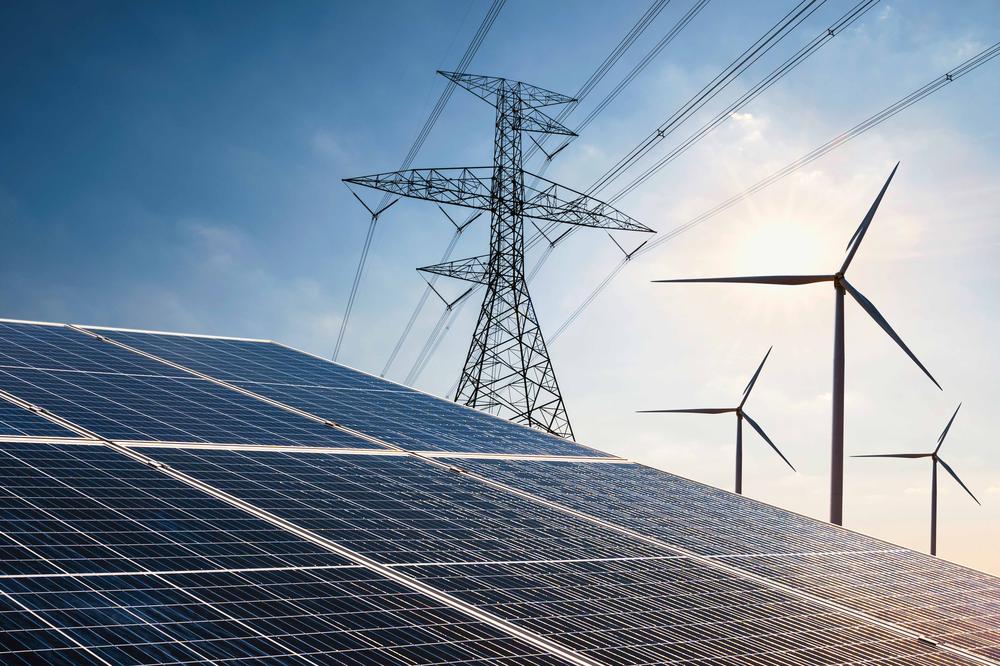
The B2B platform for the best purchasing descision. Identify and compare relevant B2B manufacturers, suppliers and retailers
Close
Filter
Result configuration
Continents
Select continent
Locations
Result types
Company type
Select company type
Industries
Select industry
Company status
Select company status preset
Number of employees
Min.
Max.
Founding year
Looking for more accurate results?
Find the right companies for free by entering your custom query!
25M+ companies
250M+ products
Free to use
Technologies which have been searched by others and may be interesting for you:
Organic photovoltaics (OPVs) are a type of solar cell technology that utilizes organic compounds to convert sunlight into electricity. These materials, primarily consisting of carbon-based molecules or polymers, allow for the creation of flexible, lightweight solar cells. OPVs can be manufactured using low-cost processes such as printing, which makes them suitable for a variety of applications, including building-integrated photovoltaics and portable devices. The efficiency of organic photovoltaics has been steadily improving, though they generally offer lower power conversion efficiencies compared to traditional silicon-based solar cells. Nonetheless, their ability to be produced on flexible substrates and their potential for low-cost manufacturing make organic photovoltaics an attractive option for future energy solutions.
Organic Photovoltaic (OPV) technology harnesses the photovoltaic effect to convert sunlight into electricity using organic materials. These materials, typically carbon-based compounds, are layered to form a thin film that absorbs light and generates excitons, which are bound pairs of electrons and holes. When these excitons reach the interface of different organic layers, they dissociate into free charge carriers. The free carriers are then collected at the electrodes, creating an electric current. The lightweight and flexible nature of organic materials allows for various applications, including integration into building materials and portable devices. Additionally, OPV technology is known for its potential to be produced using low-cost and environmentally friendly processes, making it an attractive alternative to traditional silicon-based solar cells.
1. Flexibility
Organic photovoltaic cells are lightweight and flexible, allowing them to be integrated into a variety of surfaces and materials. This adaptability makes them suitable for applications in unconventional settings, such as curved surfaces and portable devices.
2. Cost-Effectiveness
These cells can be produced using less energy and lower-cost materials compared to traditional silicon-based solar cells. This potential for reduced manufacturing costs could lead to more accessible solar technology for a broader range of applications.
3. Environmental Impact
Organic photovoltaic technology typically employs non-toxic materials, which reduces the environmental footprint associated with production and disposal. This makes them a more sustainable option compared to conventional solar technologies.
4. Aesthetic Integration
The ability to produce organic photovoltaic cells in various colors and transparencies allows for better aesthetic integration into building designs and other structures. This feature appeals to architects and designers aiming for energy efficiency without compromising visual appeal.
Organic Photovoltaic (OPV) panels primarily utilize organic materials to convert sunlight into electricity. These materials include conjugated polymers and small organic molecules, which are known for their light absorption and charge transport properties. Commonly used polymers in OPV include poly(3-hexylthiophene) (P3HT) and various derivatives of polyfluorene. Additionally, fullerene derivatives, such as [6,6]-phenyl C61-butyric acid methyl ester (PCBM), are often employed as electron acceptors to facilitate efficient charge separation and transport. The combination of these organic materials allows for flexible, lightweight solar cells, making them suitable for a range of applications.
Organic Photovoltaic (OPV) systems generally exhibit lower efficiency compared to traditional silicon-based solar panels. While traditional solar panels typically achieve efficiencies ranging from 15% to 22%, OPV systems usually fall within the 3% to 10% efficiency range. This difference arises from the fundamental materials used in OPVs, which tend to convert sunlight into electricity less effectively. However, OPV technology offers advantages such as flexibility, lightweight design, and the potential for lower manufacturing costs. These characteristics make them suitable for specific applications where traditional panels may not be ideal, such as in portable devices or building-integrated photovoltaics. As research continues, efficiency improvements in organic materials could enhance their competitive edge in the renewable energy market.
Some interesting questions that has been asked about the results you have just received for Organic Photovoltaic
What are related technologies to Organic Photovoltaic?
Based on our calculations related technologies to Organic Photovoltaic are Water/Ocean Cleaning Technologies, Waste Management, Renewable Energy, Sustainable Fashion, Smart Grid
How does ensun find these Organic Photovoltaic Companies?
ensun uses an advanced search and ranking system capable of sifting through millions of companies and hundreds of millions of products and services to identify suitable matches. This is achieved by leveraging cutting-edge technologies, including Artificial Intelligence.